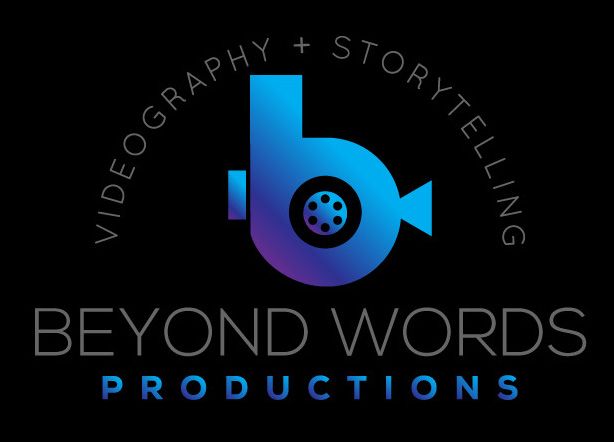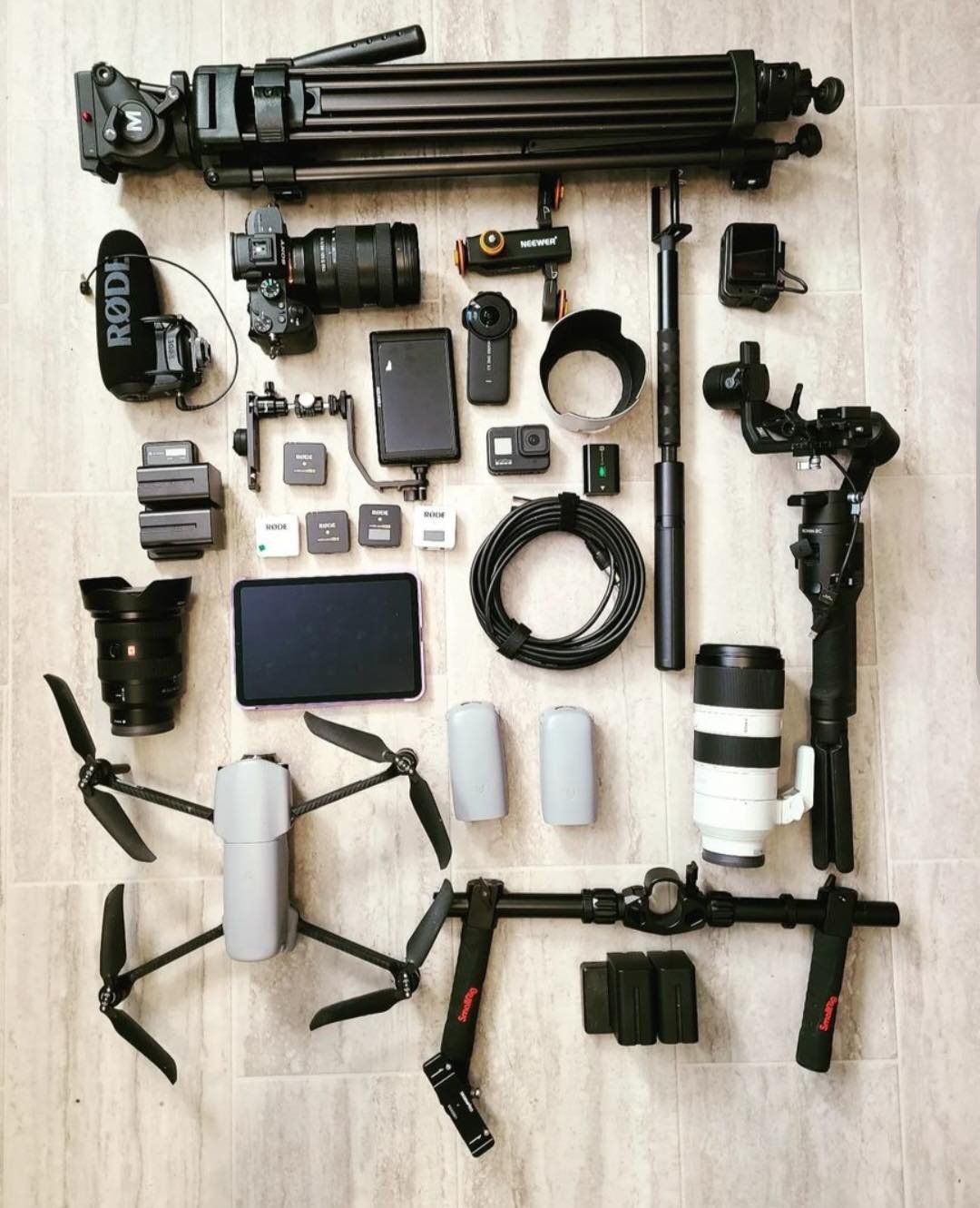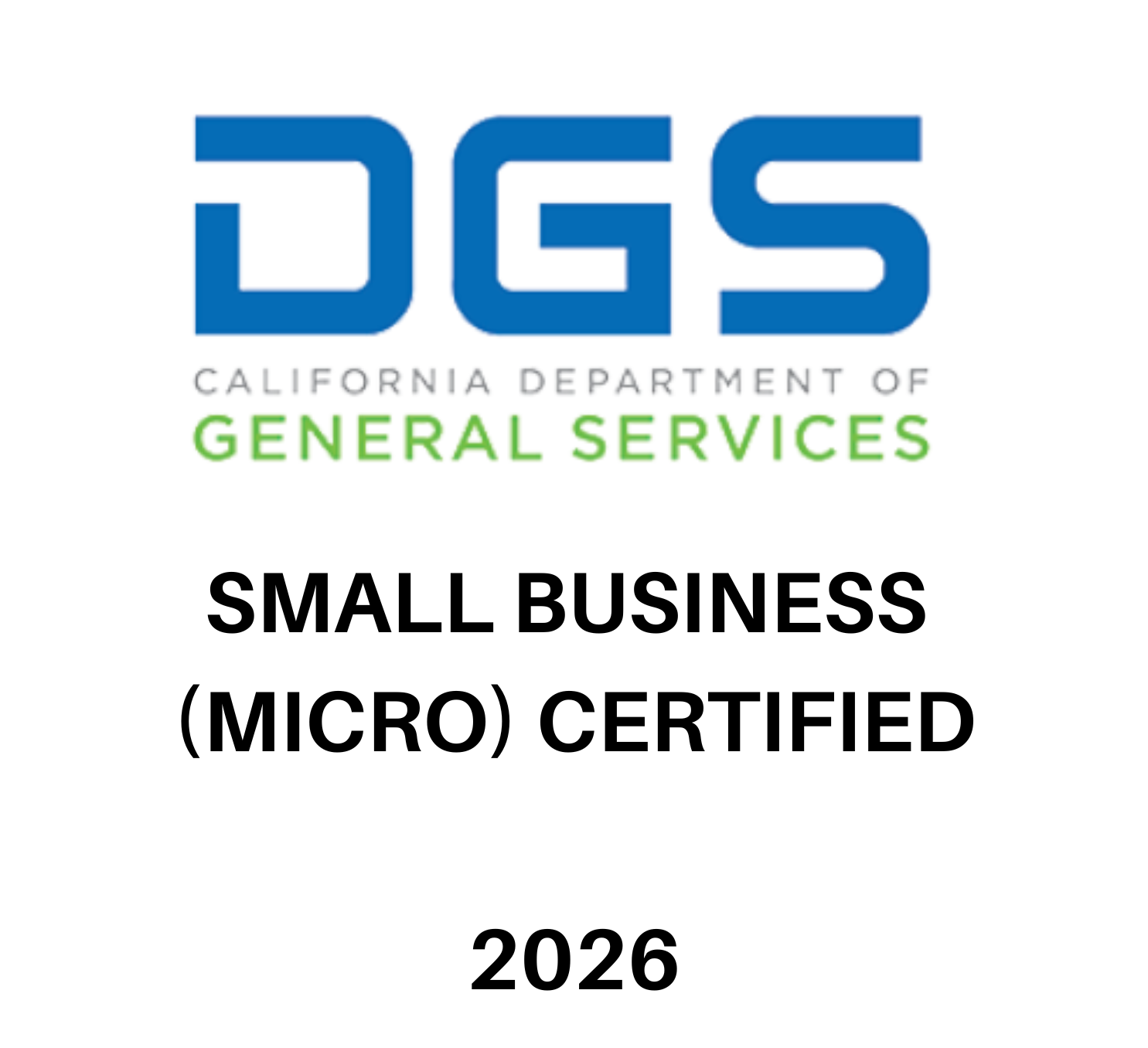By Jamie Perez
•
April 1, 2025
Storytelling is so important for any organization to engage in, but for nonprofits in particular, sharing stories is what will open up hearts, minds and wallets so they can continue providing their much needed services. Fundraising takes time. So while nonprofits are on that timeline, there's a certain order in which stories can be shared that will help optimize fundraising dollars: WHILE YOU'RE FUNDRAISING : Tell the incomplete story. This is featuring someone who is currently seeking services from your organization and still needs help. When you tell the story of someone who has already completed their journey or isn't in as great or immediate of a need, donors might think, "Well this person's been taken care of so they don't need my help." If you tell the story of someone currently in need and highlight some of the challenges they face, this creates more of a sense of urgency. AFTER YOU'VE REACHED YOUR FUNDRAISING GOAL : Now, you can tell that complete story. Do a follow up with the person whose incomplete story you told and provide an update. Send it out in a newsletter. Keep your donors informed on how their donation dollars helped change this person's life, the problems they helped solve, the impact they made, and how consistent donations will help more people in the future. You can also just tell different stories entirely in this phase and talk about how fundraising efforts like the one you just held, help hundreds of people like the ones you're highlighting in the stories you've shared. BONUS: GETTING MORE DONORS OR GETTING YOUR CURRENT DONORS MORE INVOLVED: Why should people donate to your organization out of the thousands of others who also need financial support? When you can share your DONOR'S stories, other people may hear their stories and be able to relate to their "why". There are three different styles of videos you can refer to to get ideas on how you incorporate donor storytelling: 1) This video was sent out to donors for a nonprofit based in Madison, WI called Little John's Kitchens. This nonprofit works with food insecurity, providing meals at a pay-what-you-can option and utilizes other low cost models for people to have access to chef-quality meals who may not know where their next meal is coming from. The video was created AFTER receiving donations during a campaign to show donors what their donations helped the organization achieve: https://www.youtube.com/watch?v=xV8tQCKTL-E 2) This video featured loyal donors of the same organization about WHY they continue to give to Little John's Kitchens. When you make your donors part of the journey, instead of just asking them for funds when you need help, you build loyalty and they feel like they belong to something bigger than themselves: https://www.youtube.com/watch?v=2DVfbtzBIwM 3) And finally, this video thanks the donors specifically. Don't just converse with your donors when you need money from them. Tell them how much and why you appreciate them: https://www.youtube.com/watch?v=1NPd_MM-MOk













